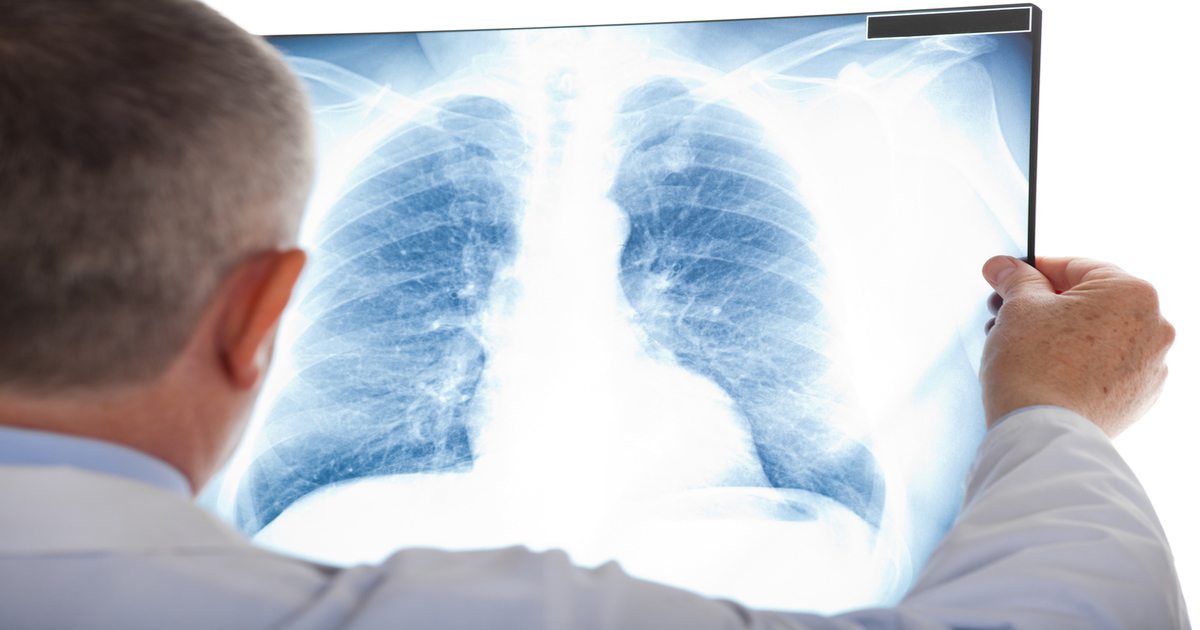What Are The Complications Of Tuberous Sclerosis?
Tuberous sclerosis is a rarely-occurring disease that causes tumors to grow in an individual's brain and other organs. Growths might occur in the lungs, heart, eyes, kidneys, and skin. In most cases, they're benign. Tuberous sclerosis may have signs present from birth, though some symptoms develop over time. The first signs include spots on the skin and seizures. Some patients might have learning disabilities or difficult-to-control seizures. There are multiple potential complications of the condition, and they vary depending on the location and size of the tumors. While the initial symptoms of tuberous sclerosis often occur very early in life, there are other symptoms and complications that might not occur until late childhood or adulthood.
Get familiar with the major complications of tuberous sclerosis now.
Damage To Vision
Some individuals with tuberous sclerosis experience damage to their vision. Growths sometimes appear on the retina, the light-sensitive portion of the eye. It's not guaranteed these growths will cause damage to vision, but they can. There may be growths on the eyelid when facial angiofibromas are involved, but there don't tend to be growths on the outer portion of the eye. It's rare for patients to experience total blindness due to tuberous sclerosis. There are a few factors that can contribute to vision loss, but if the retinal or optic nerve tumors interfere with visual data-gathering, there may be vision impairment. Vision impairment might also occur when there are brain tumors affecting the brain's visual processing center. Right now, there's not enough research to determine if severe tuberous sclerosis leads to progressive vision loss.
Learn more about the complications of tuberous sclerosis now.
Lung Failure

Tuberous sclerosis patients might have lung problems due to growths developing in the lungs, which can lead to shortness of breath, particularly when exercising or engaging in other physical activities. Lung tumors appear to occur more commonly in women. The most common type of lung involvement is lymphangioleiomyomatosis (LAM). With LAM, an unusual muscle cell invades the lungs, blood, airways, and lymph vessels. The cells destroy a patient's lungs over time. It's difficult for oxygen to move from the airway to the blood cells, so the lungs have trouble giving adequate oxygen to the body. The hallmark symptom of LAM is the development of pulmonary cysts. These cysts might not cause symptoms, but if they rupture, they can lead to gas or air in the area around the lungs. This causes chest pain and shortness of breath. Patients who experience these symptoms should seek emergency medical care.
Continue reading to reveal more complications associated with tuberous sclerosis now.
